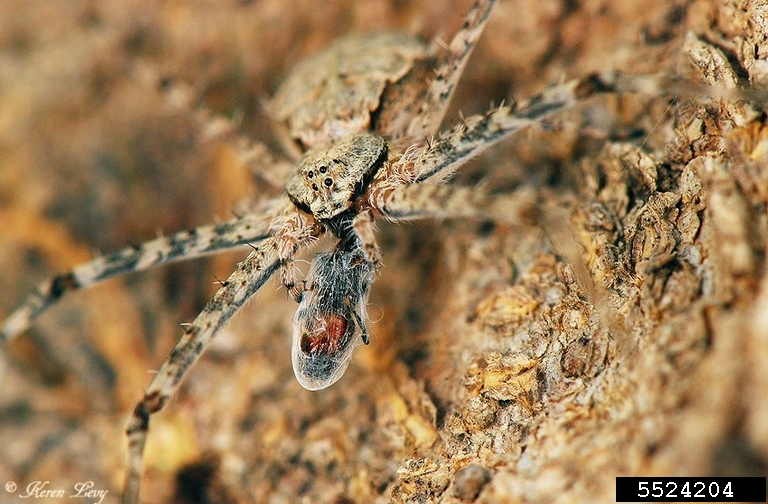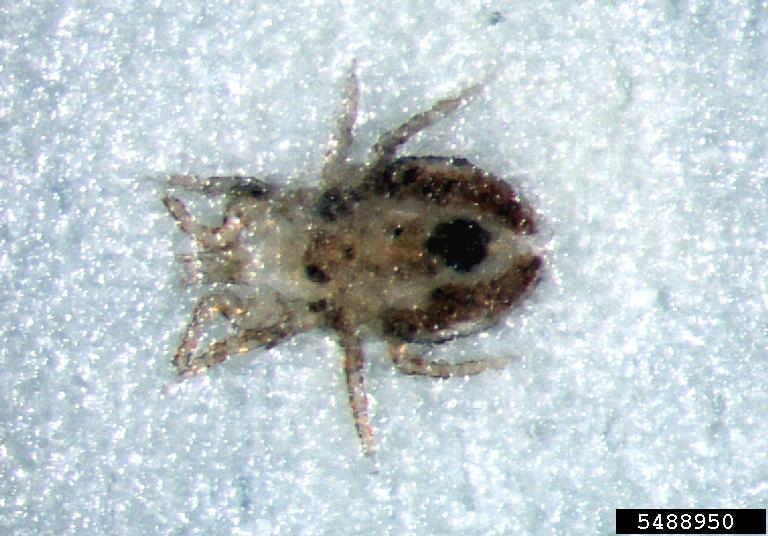Arthropod
Home / PESTArthropod - Muscles, Appendages, Locomotion.


Source
Invasive.orgArthropods, belonging to the Phylum Arthropoda, are among the most diverse and abundant organisms on Earth. They include a wide range of creatures, from insects and spiders to crustaceans and centipedes. Let's explore the incredible world of their characteristics, ecological roles, and importance to humans.
Arthropods Definition
characterized by their jointed limbs, segmented bodies, and hard exoskeletons made of chitin, which provide support and protection. This group is incredibly diverse, adapting over millions of years to occupy virtually every ecological niche. For a detailed introduction, including their classification and biological importance, visit the comprehensive resource at Encyclopedia Britannica.
The Diversity of Arthropods
The phylum Arthropoda includes everything from microscopic mites to the giant Japanese spider crab. Arthropods account for a staggering 85% of known animal species, making them the most diverse group of animals on the planet. They can be found in every habitat from deep ocean floors to tropical rainforests and urban environments. To learn more about the diversity and distribution, check out this detailed overview at Wikipedia .
Ecological Impact
Arthropods play crucial roles in their ecosystems. They act as pollinators, predators, scavengers, and prey. Their activities contribute to the nutrient cycle and the overall health of their habitats. Many arthropods, such as bees, are vital for pollinating crops and maintaining the food supply for humans and other animals. For an in-depth look at the ecological roles and the educational aspects, the University of Hawai'i offers an excellent resource at Exploring Our Fluid Earth .
Arthropods and Humans
Not only are arthropods crucial for ecosystem balance, but they also have significant economic and health impacts on human societies. Some species are important in agriculture, either as pest controllers or as pests themselves. Others, like mosquitoes, can transmit diseases. Understanding their interactions with humans is crucial for developing sustainable management strategies that protect both arthropod diversity and human health.
Effective Control Strategies
Effective pest management is crucial for maintaining healthy environments in both agricultural and residential settings. Integrated Pest Management (IPM) is a comprehensive approach that emphasizes sustainable and environmentally friendly methods to manage pest populations. Here's a detailed look at the three core strategies involved in IPM: Prevention, Monitoring, and Control.
1. Prevention
Preventive measures are the first line of defense in pest management. The goal is to create conditions that are unfavorable for pests to thrive, thus reducing the chances of infestations. Here are some detailed preventive strategies:
- Cultural Practices: Modify the environment to make it less attractive to pests. This includes crop rotation, planting pest-resistant varieties, proper sanitation, and waste management to remove potential food sources and breeding grounds.
- Habitat Manipulation: Alter the physical environment to discourage pest establishment. This can involve managing irrigation to avoid excess moisture, using mulches to prevent weed growth, and practicing proper spacing and pruning of plants.
- Exclusion Methods: Implement physical barriers to prevent pest entry. This can include window screens, row covers, netting, and sealing cracks and crevices where pests may enter buildings or greenhouses.
2. Monitoring
Regular monitoring and accurate identification are critical to the success of IPM. By keeping track of pest populations and their dynamics, you can make informed decisions about the need for and type of control measures required. Here are the components of an effective monitoring system:
- Regular Inspections: Regularly inspect plants, buildings, and the surrounding environment for signs of pests. Use tools like pheromone traps, sticky traps, or light traps to monitor insect populations.
- Identification: Accurately identifying the pest is crucial to choosing effective control methods. This may require consultation with experts or using diagnostic kits.
- Documentation: Keep detailed records of pest occurrences, their numbers, and the control measures applied. This data is vital for assessing the effectiveness of IPM strategies and planning future actions.
3. Control
When preventive and monitoring strategies indicate that pest control is needed, IPM relies on a combination of methods, carefully selected to minimize harm to people, property, and the environment. Here’s how control strategies are implemented:
- Biological Control: Utilizes natural enemies of pests, such as predators, parasitoids, and pathogens, to reduce pest populations. Examples include introducing ladybugs to control aphids or using bacterial insecticides like Bacillus thuringiensis.
- Mechanical and Physical Controls: These methods remove or kill pests directly. Mechanical controls include hand-picking, trapping, vacuuming, and using water sprays to dislodge pests. Physical controls might involve heat treatment, solarization, or barriers to physically exclude pests.
- Chemical Control: When necessary, use pesticides, but as a last resort and in the least toxic formulation. Selective pesticides that target specific pests and have fewer effects on other organisms are preferred. Application timing and methods must be carefully managed to maximize effectiveness and minimize environmental impact.




